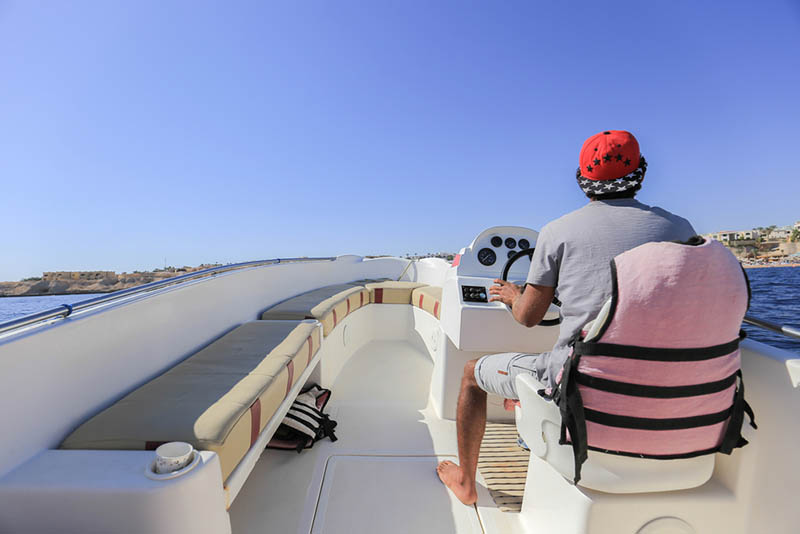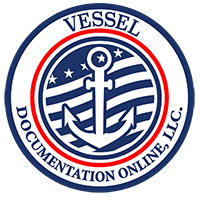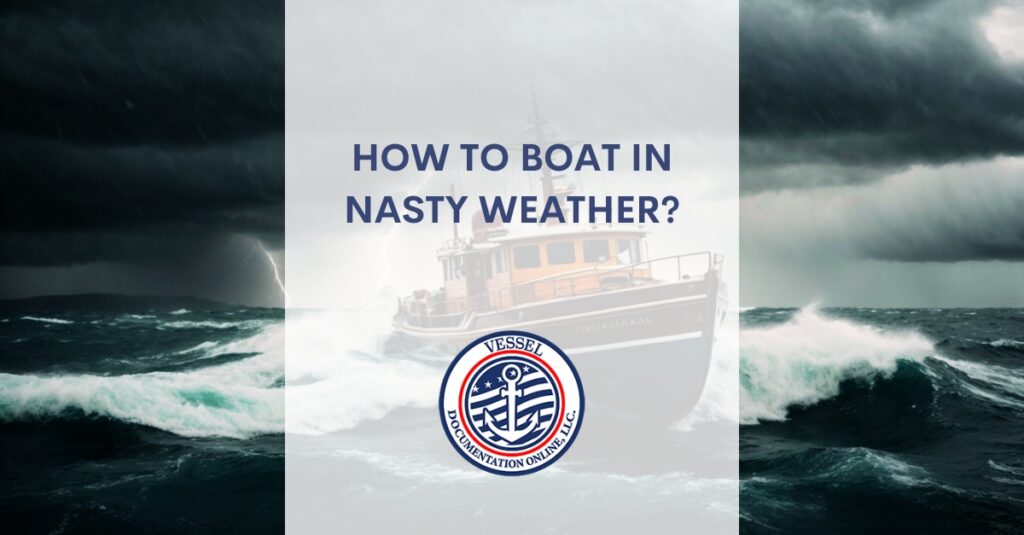Heavy weather can be a dangerous condition while you’re out on the water. Even if you’re careful enough, the dangerous combination of weather and water can still surprise you. During the boating season, heat waves can bring storms unexpectedly. They’re worse than getting seasick. The good thing is that you can take steps to ensure that you’re not going to the mouth of a storm while you’re boating in nasty weather or rough seas.
Check the Forecast
Before you even venture out, you must ensure that you know the water projections. Some boaters can read cloud formations and the wind conditions. These days, we can all rely on our smartphones to know if there are severe weather alerts. However, if your phone dies, you must have a battery charger or a backup cell battery. Or invest in a portable radio that you can listen, so you know the weather conditions.
Learn How to Calculate Wind Knots for Boating in Nasty Weather
They’re a sign that can tell you how large swells can get. If you don’t want to calculate it yourself, you may use an app that you can download to your smartphone.

Wear PFDs
Now, if you’re already experiencing heavy seas, make sure that you wear the PFD approved by the USCG. Boating in nasty weather could be very dangerous. You could be flying overboard when the boat hits a wave at the wrong angle. That said, make sure that your passengers are sitting in the center and they must be at the lowest part of the ship. You must also purchase some foul weather gear. It could be hooded raincoats or ponchos. They’re vital because severe weather conditions can leave passengers to soak in wet and chilled.
Turn on All Navigational Lights
But ensure that you’re slowing down your vessel. Then, turn on all navigational lights for better visibility. The safest route in this situation is to angle the boat at 45 degrees. The goal here is to reduce the impact of swells. Also, ask your passengers to be alert and notify you of nearby boats.
Bring Emergency Kit
You never know when you may be boating in nasty weather. At all times, you must have a ship emergency kit. And make sure that your fuel is more than enough. Your kit must also include a copy of your USCG documentation in case you need it. Keep in mind that sailing without proper documentation will land you in trouble while on the water. It’s especially true if your ship gets in an international water without proper documentation. Before you go sailing, make sure that all your documents for your boat are ready and updated. If not, head over to our homepage to know how you can renew or obtain proper documentation.




